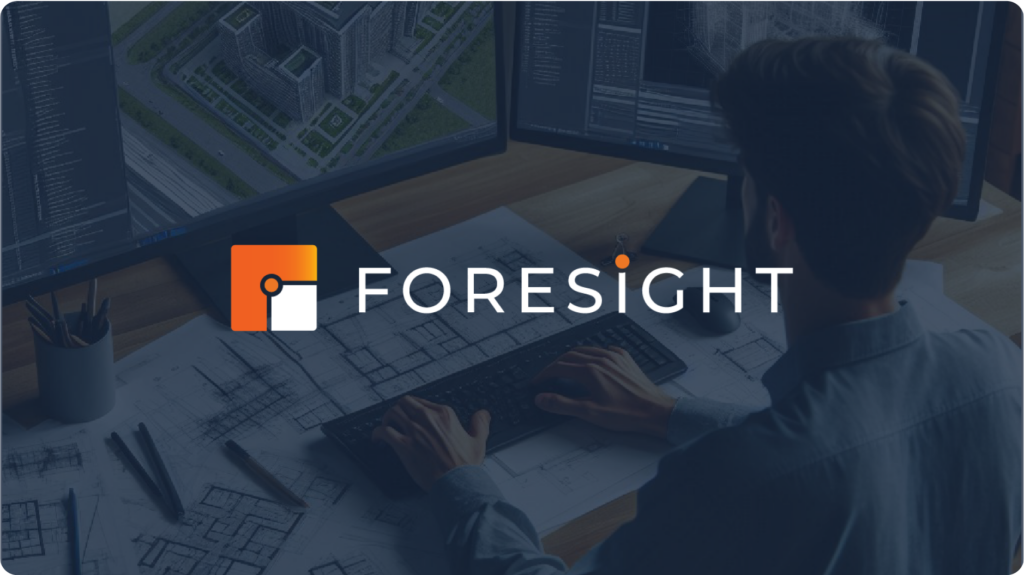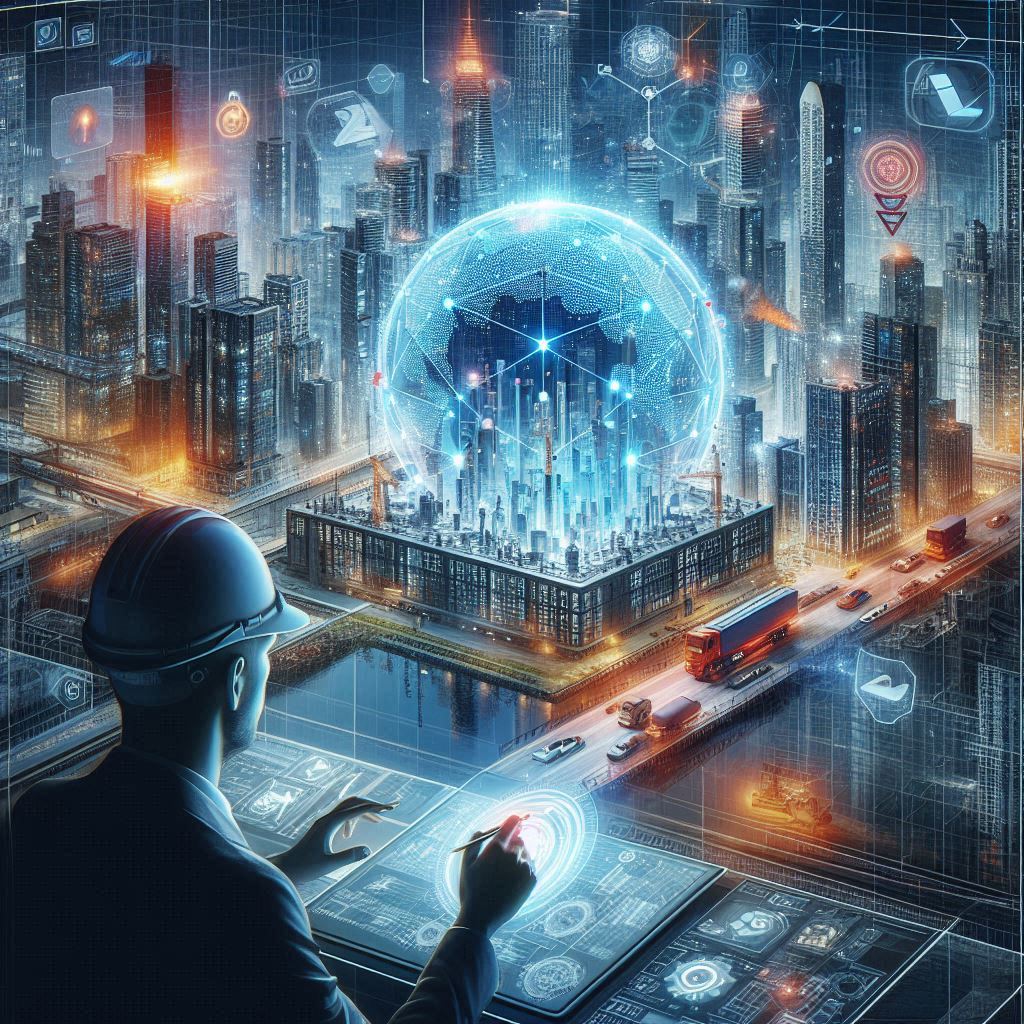This article explores some of the latest AI tools that are reshaping the AEC industry, detailing how they work, who can use them, and the real-world benefits they bring to complex projects. With applications in architecture, construction management, and BIM integration, these tools mark a new era of innovation, promising a future where AI and AEC intersect to drive more sustainable and efficient project outcomes.
1. Procore AI (2023 Update)
Procore, a popular construction management platform, updated its suite in 2023 to incorporate advanced AI features specifically aimed at enhancing project data insights. These updates utilize machine learning to analyze real-time construction data, helping contractors track costs, identify trends in safety compliance, and improve collaboration among project teams. For example, Procore’s AI now automatically flags potential budget overruns by analyzing historical spending patterns and provides notifications for possible project risks based on data patterns observed in similar projects.
Procore’s updates stemmed from extensive user feedback within the industry, prompting the integration of AI-driven analytics and improved integrations with ERP systems. The AI enhancements are built to scale with complex projects and are designed to be compatible with over 300 third-party applications, allowing users to keep working with familiar software while benefiting from Procore’s AI-powered insights.
Procore AI is aimed at general contractors, specialty contractors, project managers, and construction companies. It’s particularly suited for users who manage complex projects across multiple teams and sites, as it provides a unified platform to streamline tasks, enhance communication, and offer real-time insights into project metrics.
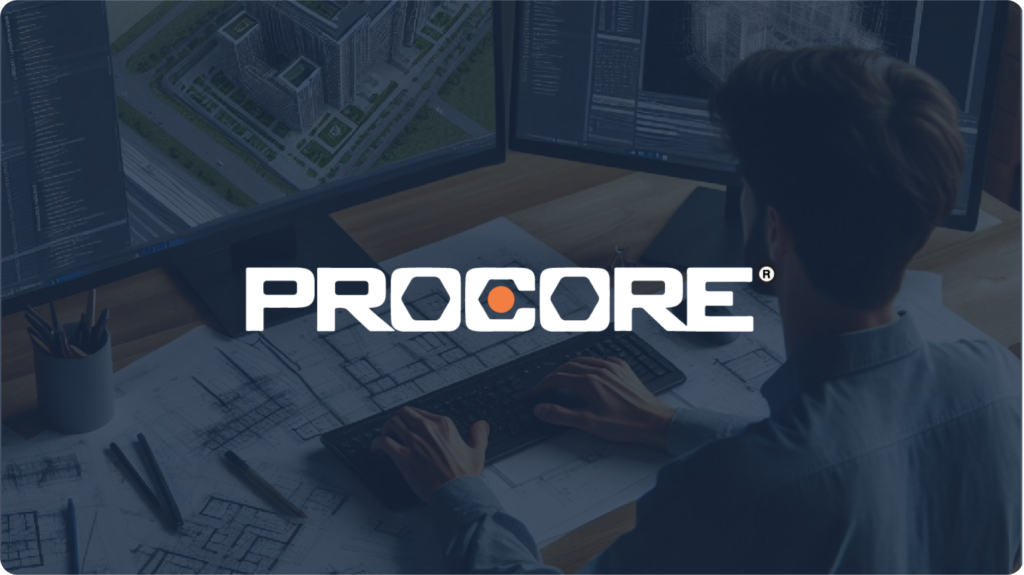
2. Enscape AI for Real-Time Rendering (2024)
Enscape’s 2024 AI enhancements are centered on improving real-time 3D rendering, a tool widely used by architects and designers to create high-quality visuals of their projects. This AI upgrade allows users to quickly render realistic lighting, shadows, and textures, which are especially useful during client presentations and in-house design reviews. Enscape’s AI focuses on adjusting light and materials dynamically, enabling designers to present different times of the day or material changes instantaneously, which saves time compared to manual rendering adjustments.
Enscape’s development team collaborated closely with design and architecture firms to identify specific workflow bottlenecks. Through this collaboration, they pinpointed the need for quicker, more interactive visualization tools. The AI algorithms developed improve not only rendering speed but also accuracy in light and material representation, making Enscape a powerful solution for both concept development and final project visualization.
Enscape AI is intended for architects, landscape architects, urban planners, and interior designers who frequently rely on immersive visual presentations to communicate their ideas. With its ease of use and real-time rendering capabilities, it suits firms looking for a rapid and user-friendly visualization solution that integrates with CAD software such as Revit, SketchUp, and Rhino.
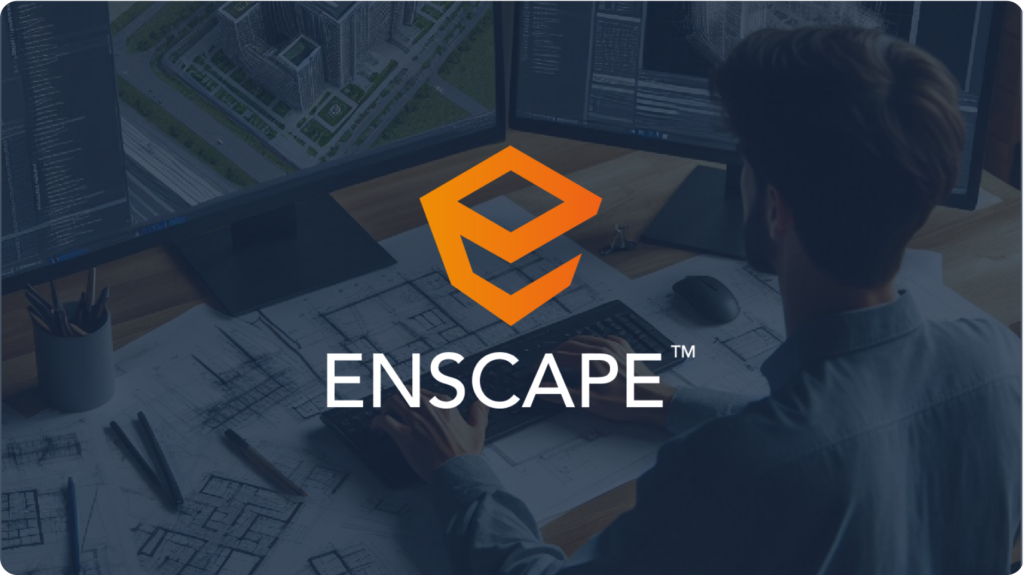
3. ALICE Technologies (2024 AI Update)
ALICE (Artificial Intelligence Construction Engineering) is a construction scheduling platform that applies generative AI to create and evaluate multiple construction scenarios. With the 2024 update, ALICE allows project managers to input parameters like resource availability, timeline constraints, and construction sequences. Its AI-driven simulations can generate thousands of potential scheduling options in minutes. This “construction optioneering” feature helps teams identify the most efficient, cost-effective approaches to building, allowing rapid adaptation if resources or timelines change.
Developed initially from research at Stanford University, ALICE’s 2024 updates emphasize flexibility and integration with BIM models. Its AI algorithms are capable of assessing project constraints at a granular level, such as adjusting labor distribution or materials delivery scheduling. ALICE’s simulation capabilities are continuously updated to refine scenario outputs, providing more accurate risk analyses and planning recommendations.
ALICE is primarily used by project managers, construction planners, and contractors involved in large, complex projects. It’s particularly beneficial for those working on infrastructure and high-rise projects, where scheduling intricacies and resource management are critical to project success.
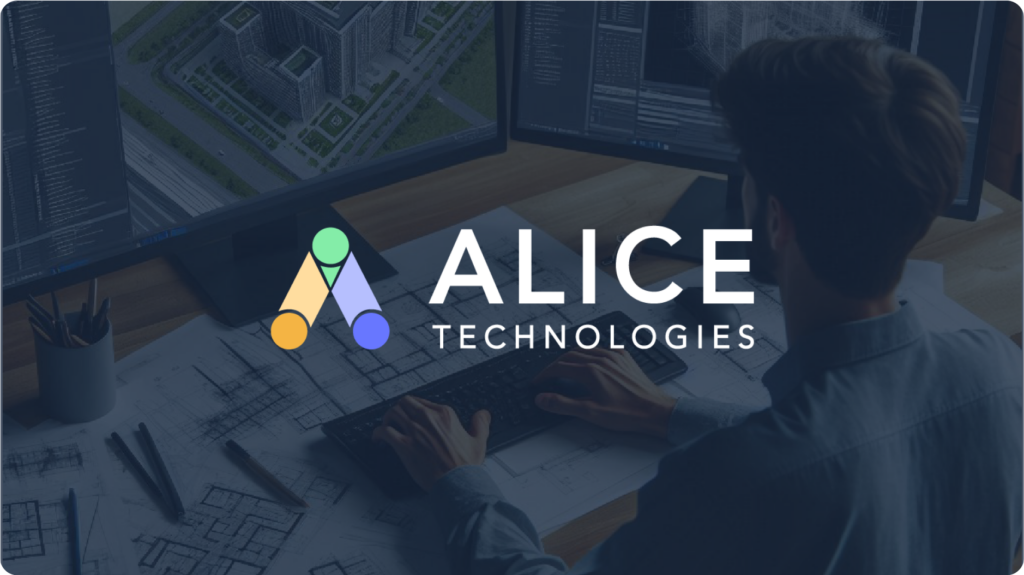
4. OpenSpace AI (2024)
OpenSpace leverages AI to streamline construction site documentation and progress tracking. It uses 360-degree cameras to capture detailed site images, which are then automatically aligned with BIM models, allowing project teams to monitor progress visually. AI processes these images to detect and flag discrepancies between the current build state and the original plans, helping teams identify issues early. OpenSpace’s “Field Notes” feature enables team members to annotate images with notes and issue flags directly on the platform, fostering faster issue resolution and collaboration.
OpenSpace’s development team focused on integrating advanced computer vision algorithms that can precisely map site conditions to BIM data. In its 2024 iteration, OpenSpace incorporated a machine learning layer that improves the system’s ability to detect discrepancies and automate repetitive documentation tasks. This development was guided by needs identified by construction firms managing multiple large-scale projects, where manual documentation can be time-consuming.
OpenSpace AI is designed for site managers, project coordinators, and contractors who need reliable, up-to-date visual data on construction progress. It’s especially useful for large construction sites where accurate, real-time documentation is vital for keeping teams informed and minimizing costly rework.
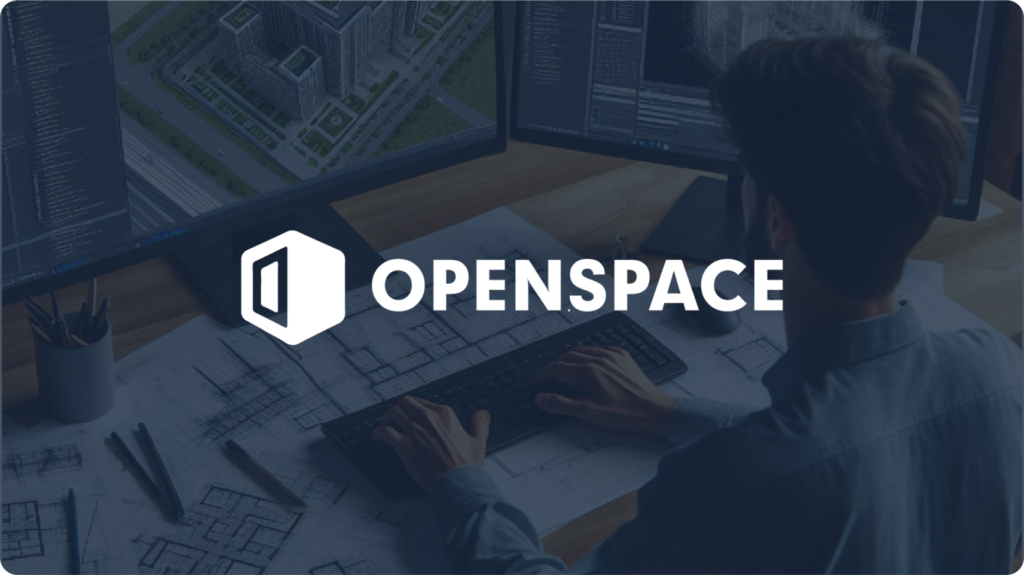
5. Foresight (2023 Release)
Foresight is a project management tool built to optimize construction workflows with AI-powered scheduling, risk analysis, and project tracking. It integrates with established tools like Primavera P6 and Microsoft Project and uses machine learning to analyze past project data, offering risk insights and delay predictions based on historical trends. Its intelligent reporting tools provide actionable insights, helping teams make informed decisions on task prioritization and resource allocation.
Foresight’s development team worked with construction professionals to incorporate predictive analytics and risk assessment capabilities specifically tailored to large-scale construction projects. The AI algorithms have been trained on data from previous projects to improve their predictive accuracy and scheduling recommendations. Foresight’s cloud-based platform ensures ease of access and collaboration, which is crucial for multi-stakeholder construction projects.
Foresight is suited for project managers, contractors, and stakeholders involved in complex construction projects where maintaining schedule predictability and minimizing risks are priorities. It is particularly valuable for firms that require detailed reporting and comprehensive oversight of project timelines and budgets.
The 2023 and 2024 updates in AI tools like Procore, Enscape, ALICE, OpenSpace, and Foresight reflect a strong focus on improving visualization, project predictability, and collaboration within the AEC industry. These tools cater to various aspects of construction and design, enhancing productivity, decision-making, and quality control. As AI technology continues to evolve, it is expected that these platforms will further adapt to meet the increasingly complex needs of the AEC sector.
